Not too light, not too heavy – that’s the ticket for consistent bowhunting success.
“Moderation in all things.” So said the Roman dramatist Publius Terentius Afer (190-159 B.C.) in a phrase that has been attached to many things in modern life. It has become my philosophy when building hunting arrows.
In a world where flash is cash and instant gratification the norm, many novice archers believe they need to shoot the fastest arrow they can shoot. Why, they’re not exactly sure. They just know that if they’re not sending a shaft off at 300-plus feet per second, something’s amiss. And so they choose the lightest shafts they can and call it good, without understanding anything about terminal performance.
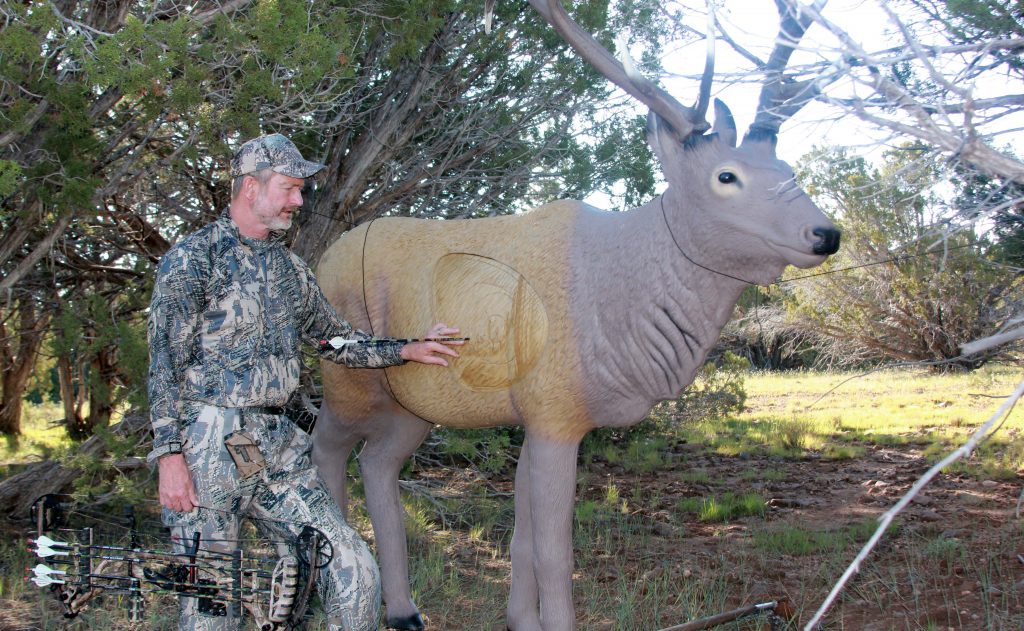
Flashback
Before penning this piece I went back and looked at something I had written almost two decades ago on the difference in terminal performance between light and heavy arrows. It was written back when we all shot heavy aluminum arrows that, together with a broadhead, weighed somewhere between a 30-inch 2315 aluminum arrow that weighed in at 545 grains and left a 80-lb. bow at roughly 220 fps and a “lightweight” 30-inch 2413 aluminum shaft weighing in at 446 grains and leaving the same bow at 250 fps (a scorcher at the time).
Contrast that with what most bowhunters shoot today — compound bows that give us a raw arrow speed of somewhere between 260-280 fps, with some blasting over the 300 fps mark. Our arrows have lightened up as well. As an example, in 2015, my 70 lb. Mathews ChillR sent a 28 ½-inch 330 ICS Beman Hunter Pro carbon shaft tipped with 100-grain Rage broadhead that weighed a total of 402.4 grains off at 283 fps.
The point is, hunting compound bows and arrows have evolved mightily over time. Today we are shooting fast arrows with lots of kinetic energy designed to make hitting the target easier than ever before, as well as provide the downrange “pop” needed to cleanly kill deer and other big game animals.
Admittedly, my set-ups are certainly not the fastest around. I have friends who get the Willies if they are not shooting 300 fps-plus. These guys achieve this speed using much lighter arrows than I prefer to shoot. Here’s why I prefer the moderately-heavy arrows.
The Importance of K.E.
Kinetic energy (K.E.) is the most important part of the arrow penetration story, though certainly not all. To determine how much initial K.E. your own bow-and-arrow set-up has, you need to know just two things – how much your arrow shaft weighs, including fletching and broadhead, in grains; and how fast the arrow leaves the bow at the shot. You then simply plug the numbers into the standard kinetic energy formula, which is mass x velocity x velocity, divided by 454,240.
In the above example, my arrow left the bow with about 70.94 ft./lbs. of K.E. This is a lot of kinetic energy, way more than most experts believe is the minimum for hunting deer-sized game. That minimum number has been debated around archery circles for decades, but most of the people I respect have settled on a number somewhere around 40 ft./lbs. of K.E. at the shot.
However, you must remember that because arrows decelerate rather quickly as they travel downrange, the amount of K.E. delivered on the target will be much less than initially generated. That’s why an arrow that will blow right through a deer at 20 yards may only penetrate about half the shaft length at, say, 40 yards. Those light (8 grains/inch of arrow shaft length or less) arrows favored by many 3D shooters, speed freak bowhunters, and many archers who shoot light draw weight bows both soak up less of a bow’s stored energy at the shot than heavier shafts do (any leftover energy not transferred from the bowstring to the shaft at the shot is instead transferred to the bow itself, which results in vibration) and, because they both soak up less energy at the shot and actually decelerate faster than heavier shafts the further downrange they travel, shed energy much more rapidly than do heavier shafts. That means that after a certain point, they deliver much less K.E. to the target. And trust me on this – even a difference of just 5 percent in K.E. can mean a big difference in penetration on game – especially bigger animals like elk, bears, big-bodied deer, and the like.

K.E. Is Not Everything
K.E. is not everything in the penetration game. If it were, bowhunters would be shooting arrow shafts that were light as a feather, since the lighter the arrow, the faster it will initially blast out of the bow, and therefore it would generate more kinetic energy since velocity is squared in the K.E. equation.
The other scientific principle involved is called momentum. Momentum is defined as “a property of a moving body that determines the length of time required to bring it to rest when under the action of a constant force.” Bowhunters don’t consider momentum as much as K.E. for several reasons, the most likely being the fact that as the speed of an object changes – and after the shot, an arrow begins to decelerate, meaning that for every foot of flight it is traveling at a different speed than the foot before – it is too complicated to play with in a simple discussion. What you do need to know is that, all things being equal, heavier, denser objects traveling at the same speed as lighter objects will have greater momentum. That means it is more difficult to stop them, which means they will penetrate more deeply. An easy analogy here is visualizing both a golf ball and an egg smashing into your own ribs at the same speed. Which will hurt more?
Taking it a step further, when an arrow meets solid resistance at the target (think ribs or shoulder blades), its direction will be impacted. Again, the laws of physics are in play. A heavier body in motion has a tougher time changing direction than a lighter body, which means the heavier shaft will have less of a tendency to veer off target than the lighter shaft.
Kind of a Drag
Another penetration factor is drag. In this case, that refers to the amount of resistance the shaft meets as it penetrates an animal. Small-diameter arrows — and today, there are hunting shafts with diameters as small as 4mm — have less drag than larger-diameter shafts, and thus will penetrate deeper than fatter shafts, all other things being equal.
Moderation in All Things
This is why the medium-weight hunting shaft makes the most sense. When choosing a hunting arrow, you want to blend the best of all worlds. You want to shoot the fastest arrow you can shoot to help flatten trajectory, yet you need to have enough K.E. and momentum when the shaft strikes the target to ensure deep penetration – preferably a complete pass-through.

You need that reasonably-fast arrow speed even when using a laser rangefinder because game moves around a lot, walking in and out of shot windows in the brush. You may have taken a 30-yard rangefinder reading off a tree trunk, but when the critter walks a few steps in front or behind the tree and you don’t have time to hit him so you know exactly how far he is, the raw arrow speed offered by the medium-weight shaft makes a killing hit easier to achieve than a super-heavy arrow. At the same time, it will deliver all the penetration necessary for a humane kill.
So … how heavy an arrow do you need to shoot? For the average bowhunter with a draw length somewhere between 27-29 inches and a compound bow draw weight of between 60-70 lbs., using an arrow shaft that weighs somewhere between 9-10 grains/inch, minimum, will get it done. With my own 28-inch draw length, I cut my shafts to 28 ½-inches and try and get a total arrow weight, including broadhead, fletching, and nock, of somewhere between 390-410 grains. If I can send that puppy off at somewhere between 265-285 fps from a 70 lb. compound, I am very confident I can hammer any big game animal on the continent, even at longer ranges.
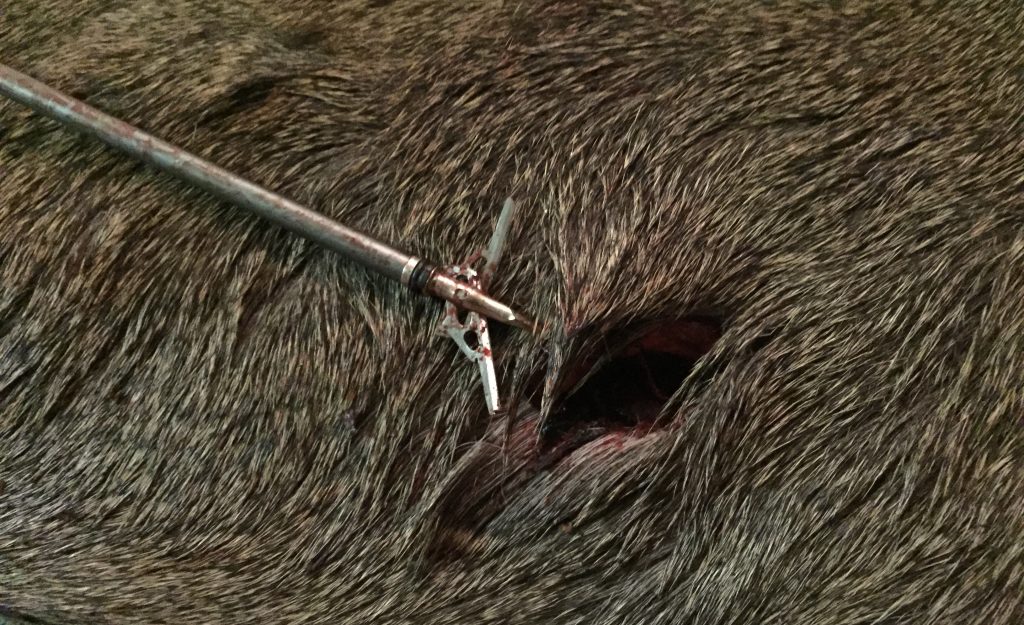
In bowhunting, such confidence is a very good thing to have.
What About Dangerous Game?
Bigger animals need heavier arrows, pure and simple. An example was the Cape buffalo I arrowed at less than 20 yards in South Africa in 2012. The minimums required by law include an arrow weight of 750 grains, a 2-blade cutting-tip broadhead, and 80 lb. draw weight bow. My arrow on that trip weighed 816.2 grains, and the 80 lb. Hoyt sent it off about 220 fps. I got complete penetration.
However, in North America, I have shot clean through 700 lb. bull elk, 900 lb. Alaskan brown bears, and 750-pound S. Texas nilgai with shafts weighing between 400- and 440-grains leaving my bow between 270- and 285 fps. For me, this is the ideal combination of weight, speed, and stability necessary to achieve precise broadhead placement and penetration. — Bob Robb.




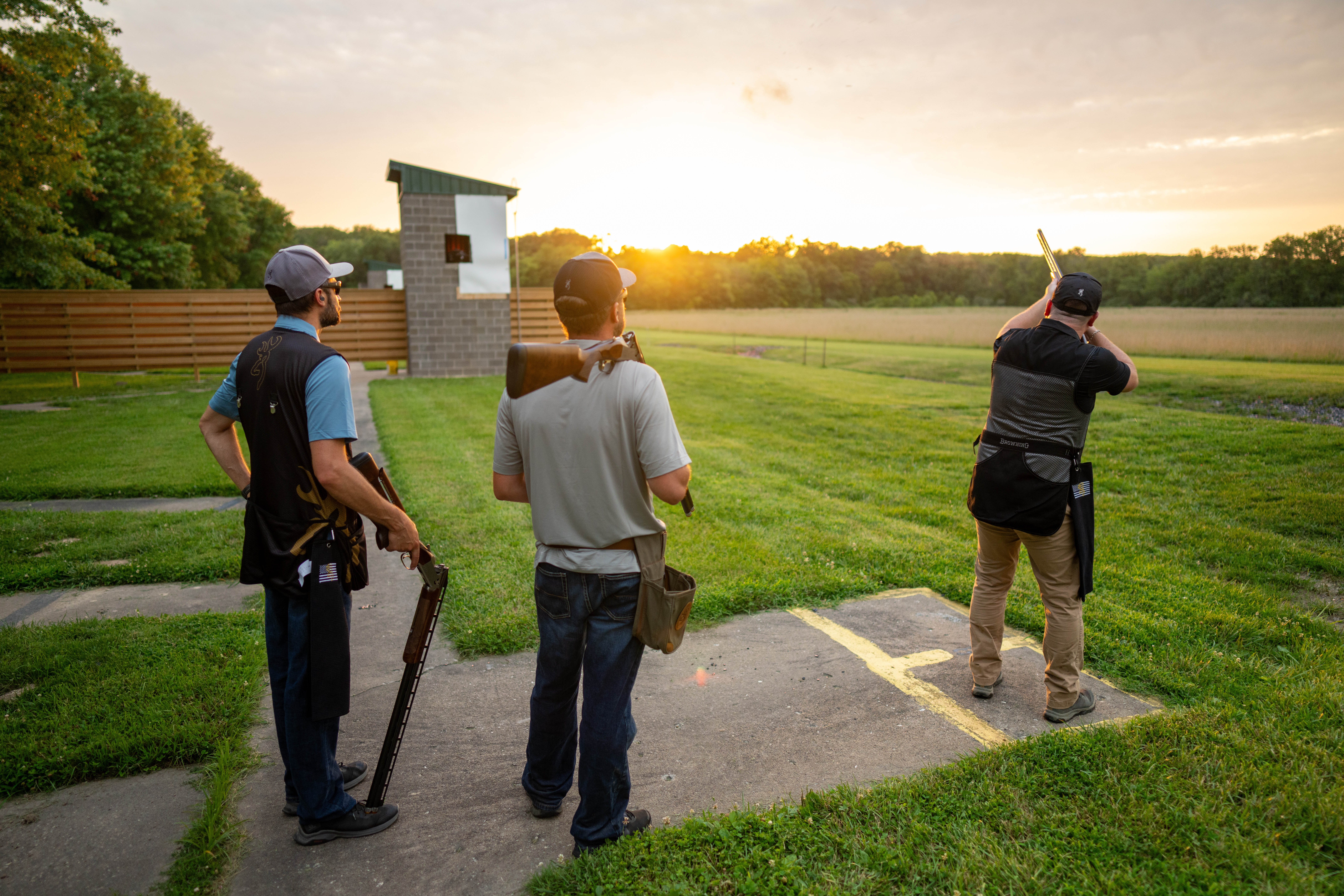
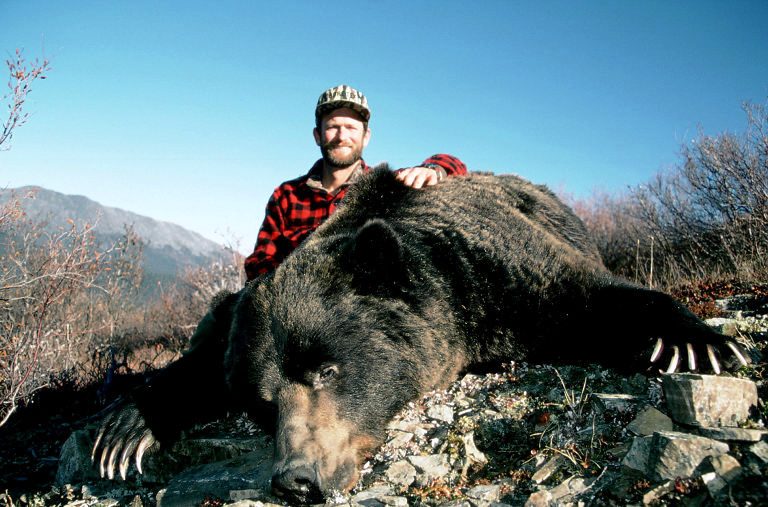


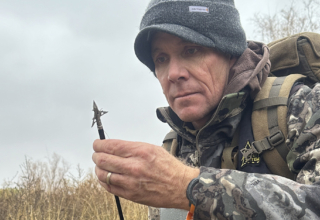
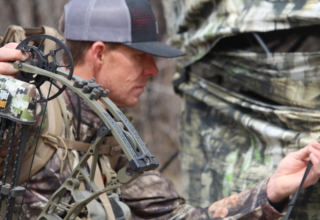
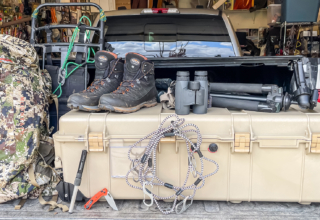




Тркеу
July 27, 2024 at 5:48 pm
Thank you for your sharing. I am worried that I lack creative ideas. It is your article that makes me full of hope. Thank you. But, I have a question, can you help me?